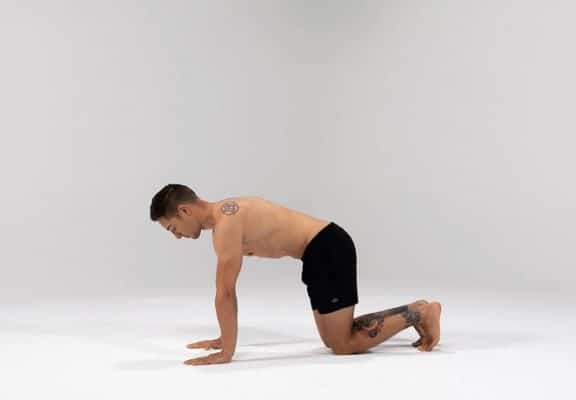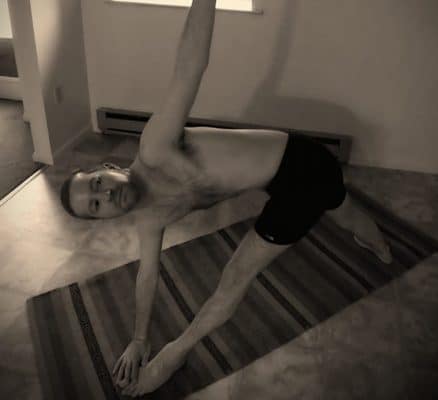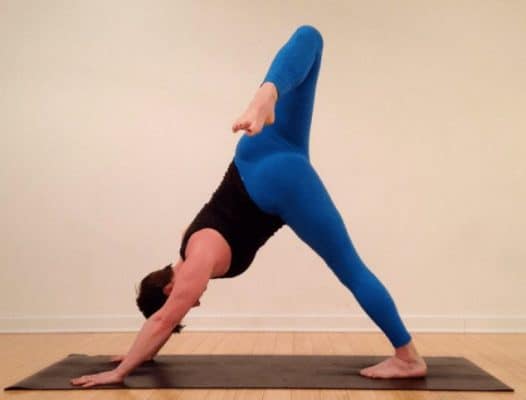Are you feeling low on energy? This 10-minute yoga is the perfect routine for you.
To extol the benefits of yoga is a lifelong endeavor. But this quick 10-minute routine balances your energy and allows you to focus your mind. These poses are beginner-friendly, making them suitable for everyone.
In addition, you can perform the poses anywhere. You don’t need special gadgets or equipment to enjoy the benefits of improved flexibility and strength.
Let’s get started.
1. Child’s Pose
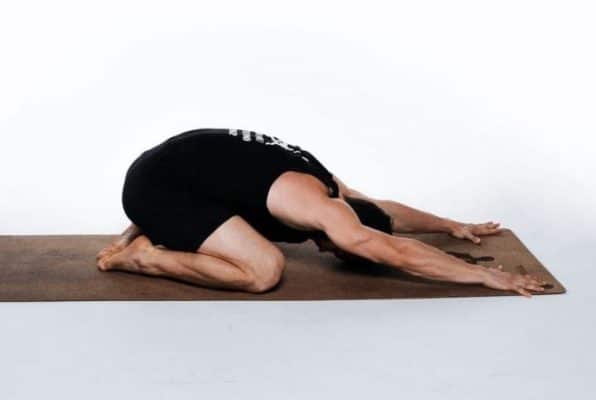
Begin by kneeling down. Keep your knees apart as you bring your toes to touch.
Slowly, stretch and walk your hands forward as you bend simultaneously.
Your forehands should be resting gently on the ground with your head in between the elbows.
Inhale and exhale slowly about three to five times as you hold the pose.
2. Tabletop
Rise gently from the child pose. The tabletop pose requires your shoulders to be perpendicular to the wrist and your hips perpendicular to the knees. If you have weak knees, you can support them with a rolled-up towel or a yoga mat.
In addition, you should distribute your weight equally between the hands and knees. Engage your abdominal muscles furthermore, elongate your spine, and relax your feet.
You face downwards and gaze gently between your hands.
3. Cat Pose
Holding the cat pose, press your weight into your palms and roll your upper back into your shoulders. Give your spine a big stretch as you pull your belly into the spine.
Relax your head and drop it gently as you tuck your chin towards your chest. Focus on your breathing and hold the cat pose for a few seconds.
4. Cow Pose
Transition out from the cat pose and lift your chest as you gently lower your spine. You should also hollow out your lower back. Drop your shoulders and shift your weight to your hands. Lift your gaze gently towards the ceiling. You can also keep your gaze lower if you do not feel comfortable looking up very high.
Hold the cow pose for a few seconds and switch it with the cat pose a couple of times.
5. Downward Facing Dog
As you come out from the cow pose, walk your hands forwards a couple of inches. Focus your heels firmly on the floor and keep your legs straight. However, you can bend your knees very gently if you are not comfortable.
Take note to ground your hands, especially between the thumb and the index finger. Press gently but firmly through your arms as you lift your hips as high as you comfortably can.
Hold the downward-facing dog for three to five breaths.
6. Forward Fold
Walk your hands towards your feet as you keep your head down. As your hands reach your toes, you can bend your knees very slightly and bring your belly to the thighs.
Focus on breathing naturally and relax the upper body. In addition, you can try straightening your knees and see if it feels comfortable.
As you acknowledge the tension in your body, hold the forward fold for a few breaths.
7. Halfway Lift
As you come out from the forward fold, inhale gently and place your hands on each of your shins. Simultaneously lift your shoulder, keep it straight and in line with your hips.
Focus on your core and breathe gently to form a right angle. Furthermore, keep your neck relaxed and elongated and keep your gaze down.
As you exhale, transition to the forward fold pose and repeat a few times.
8. Tadasana
Take your arms all the way up to the sky, extend your fingertips, and face your palms together. Maintain equal weight on your feet, engage your core, and stand tall as you breathe.
9. Side Stretch
As you exhale, bring one hand down to your side and stretch the other hand. Engage your core and breathe gently. Return to center before proceeding to the other side and repeat a couple of stretches on each side.
10. Mini Backbend
Assume the tadasana pose and bend your elbows at shoulder length. As you engage your core, open your heart and lift your chin and chest towards the ceiling.
Hold the pose for one breath.
11. Plank
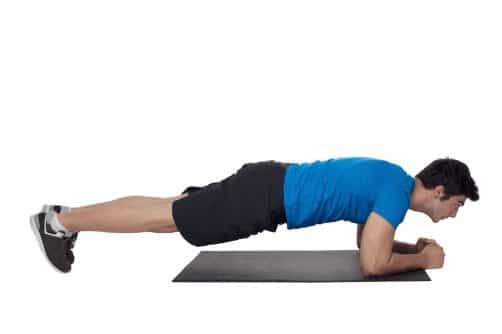
Fold forward from tadasana to a plank pose – the feet are together, and your hands are shoulder-width apart. Your hips are in alignment with your heels and shoulders. Your shoulders, elbows, and wrists are in a straight line.
If this pose is too intense, you can kneel to make it easier. Hold the plank pose for a few breaths.
12. Low Cobra
Lower gently to your belly and bring your hands near your ribs, holding the elbows tightly. Press your toes into the floor and ease your knees off the floor. Lift your chest as you inhale and shift the weight to your hands. Keep your gaze down and relax your shoulders.
Transition to the plank pose as you inhale and exhale to assume the downward-facing dog.
13. Downward Facing Dog With Leg Lift
Holding the downward-facing dog, flex one leg and lift it high. Your hips are level, the foot on the ground is strong, and you distribute your weight evenly through your arms and hands.
Hold for about three to five breaths and repeat the pose with the other leg.
14. Tree Pose
Distribute the weight equally on both your feet and stand up straight. Gradually shift your weight to the right leg. Gently lift your left leg and rest it against your inner thigh. If this is too advanced, you can rest it on the calf or anywhere on the leg, except the knees. In addition, your left knee should be extended outwards.
Engage your core as you focus on maintaining a straight line with your body. You can lift your arms like in the tadasana pose. However, if your balance is not so good, you can keep it together at the heart center.
15. Easy Pose
Sitting down, cross your legs in a comfortable position. Drop your shoulders gently and rest your hands on your legs, palms facing up. Alternatively, touch your index finger to the thumb for gyanamudra. Maintain a long and straight spine and close your eyes. However, keeping your gaze soft without closing the eyes also works. Focus on breathing and cultivate gratefulness for your body and its ability to move.
